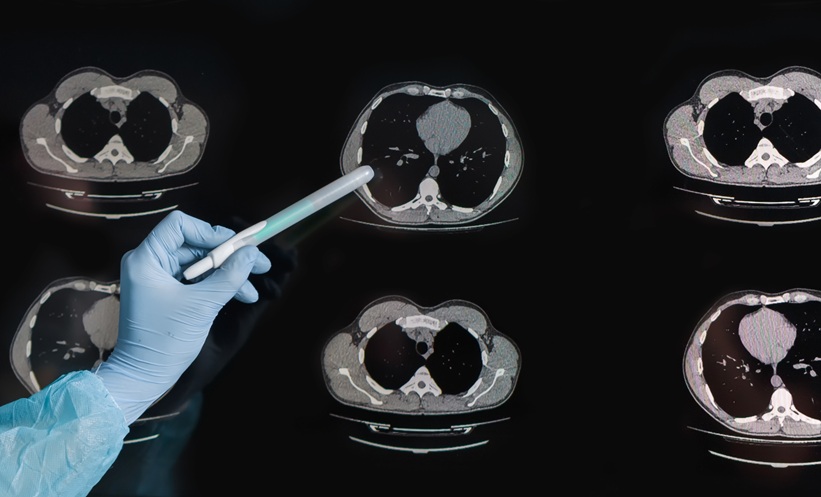THE EUROPEAN Respiratory Society (ERS) and European Alliance of Associations for Rheumatology (EULAR) have released new clinical practice guidelines to support the diagnosis, monitoring, and treatment of connective tissue disease (CTD)-related interstitial lung disease.
Developed by the ERS/EULAR task force and endorsed by the European Reference Network on rare respiratory diseases, the guidelines provide a structured approach for clinicians and patients across a range of CTDs, including systemic sclerosis, rheumatoid arthritis, idiopathic inflammatory myopathies, mixed CTD, Sjögren’s disease, and systemic lupus erythematosus. The recommendations cover screening strategies, diagnostic work-up, longitudinal monitoring, and individualised treatment planning, with specific considerations for the underlying rheumatic condition due to differences in disease progression and organ involvement.
For screening, the guidelines recommend high-resolution CT at diagnosis for all systemic sclerosis, mixed CTD, and idiopathic inflammatory myopathy patients with risk factors, and suggest targeted imaging for rheumatoid arthritis and Sjögren’s disease patients with identified risk factors. Lung biopsy is generally not indicated but may be considered within multidisciplinary discussions when alternative diagnoses are suspected. Similarly, bronchoalveolar lavage is reserved for complex cases rather than routine diagnosis. At the time of diagnosis, patients should undergo comprehensive assessments including pulmonary function tests, imaging, 6-minute walk tests, patient-reported outcome measures, and risk factor evaluation to guide prognosis and treatment decisions.
For ongoing monitoring, high-risk patients are recommended to undergo pulmonary function tests every 3–6 months early in the disease, imaging at 12 months with annual follow-up as clinically indicated, and regular walk tests and patient-reported assessments every 6–12 months. Lower-risk patients can be monitored at longer intervals.
Treatment recommendations are tailored to each CTD, emphasising early or aggressive therapy in patients with indicators of progressive or severe lung disease. Suggested therapies include mycophenolate mofetil, rituximab, cyclophosphamide, tocilizumab, nintedanib, and combinations thereof, alongside immunosuppressants and glucocorticoids for idiopathic inflammatory myopathy and rheumatoid arthritis. The guidelines also stress the importance of integrating non-pharmacological approaches and disease-specific rheumatology recommendations to ensure holistic care.
Reference
Antoniou KM et al. ERS/EULAR clinical practice guidelines for connective tissue disease-associated interstitial lung disease Developed by the task force for connective tissue disease-associated interstitial lung disease of the European Respiratory Society (ERS) and the European Alliance of Associations for Rheumatology (EULAR) Endorsed by the European Reference Network on rare respiratory diseases (ERN-LUNG). Eur Respir J. 2025; DOI: 10.1183/13993003.02533-2024.








